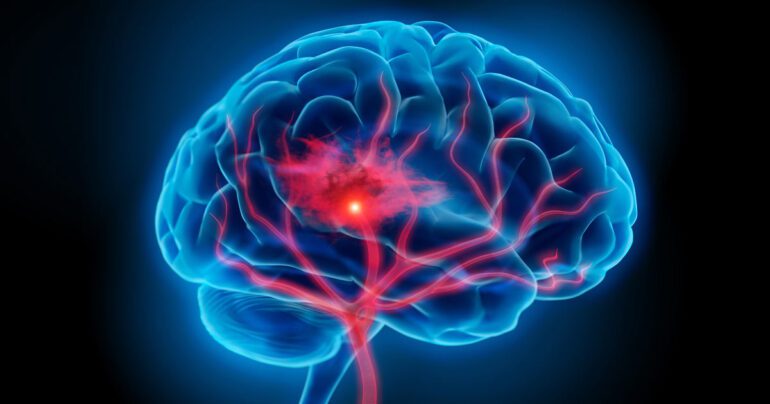TL;DR:
- Researchers unveil “SmartStroke,” a smartphone app at SNIS’s Annual Meeting.
- The app utilizes machine learning to recognize the physical signs of a stroke.
- Data from 240 stroke patients were analyzed to validate the app’s accuracy.
- SmartStroke effectively detects facial asymmetry, arm weakness, and speech changes.
- The app offers hope for early stroke identification, survival, and regaining independence.
Main AI News:
In a remarkable breakthrough, researchers showcased a cutting-edge smartphone app at the Society of NeuroInterventional Surgery’s 20th Annual Meeting, capable of reliably identifying physical signs of stroke through the power of machine learning.
Dubbed “SmartStroke,” this innovative app was developed collaboratively by experts from the prestigious UCLA David Geffen School of Medicine and various medical institutions in Bulgaria. The research team meticulously collected data from a sizable pool of 240 stroke patients across four metropolitan stroke centers. Within a critical 72-hour window from the onset of symptoms, the researchers employed smartphones to record videos of the patients and perform arm strength tests, strategically detecting facial asymmetry, arm weakness, and speech changes – all classical indicators of a stroke.
To assess facial asymmetry, the study authors harnessed the prowess of machine learning, which meticulously analyzed 68 facial landmark points. In the case of arm weakness, the team ingeniously utilized data from a smartphone’s built-in 3D accelerometer, gyroscope, and magnetometer. Additionally, to gauge speech changes, the researchers deployed mel-frequency cepstral coefficients, a state-of-the-art sound recognition method that translates sound waves into images. By comparing normal and slurred speech patterns, they achieved remarkable accuracy. To validate the app’s efficacy, the researchers meticulously cross-referenced their findings with neurologists’ reports and brain scan data, demonstrating that the app rendered precise stroke diagnoses in nearly all cases.
Dr. Radoslav Raychev, a distinguished vascular and interventional neurologist from UCLA’s David Geffen School of Medicine, expressed his enthusiasm, stating, “It’s truly exciting to contemplate how this app and the emerging technology of machine learning will empower patients to identify stroke symptoms right at the onset.” The timely and accurate assessment of symptoms plays a crucial role in ensuring the survival and eventual independence of stroke patients. Dr. Raychev added, “We are optimistic that the deployment of this app will transform lives and revolutionize the field of stroke care.”
Conclusion:
The introduction of the SmartStroke app represents a major advancement in stroke care and detection. By leveraging the power of machine learning, it offers a reliable and efficient means of recognizing early stroke symptoms. This breakthrough has the potential to significantly impact the market, leading to improved patient outcomes and transforming the landscape of stroke care. Medical institutions and technology companies would do well to collaborate on further advancements in machine learning-based healthcare solutions to capitalize on this transformative opportunity.

